Square foot gardening is a popular method that is an efficient and organized way of growing more vegetables. This method was invented by Mel Bartholomew, an American TV presenter, and author, around the 1970s.
It’s a quick and easy way to manage a raised bed garden that requires minimum effort and time. In fact, this method was so hassle-free that it quickly gained popularity across the globe, so much so that various gardening companies began to offer ready-to-assemble SFG (square foot gardening) gardens.
Whether you are a backyard gardener, container gardener, or a beginner who has just ventured into gardening, SFG is equally beneficial to all. It is a very effective way of creating a small, efficient, and highly fertile kitchen garden.
You can get the original square-foot gardening book here.
How To Start Square Foot Gardening?
Starting your own square-foot garden is really easy. Here are some basic tips to help you plan your garden.
Raised Beds
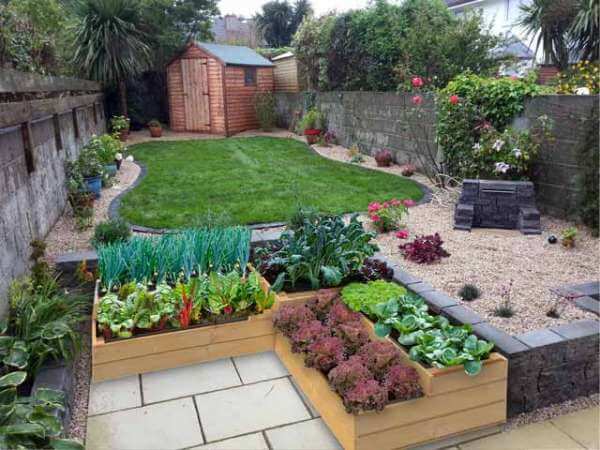
The most common square-foot gardening raised bed is a wooden frame that is 4 feet by 4 feet (4 feet by 8 feet is also another commonly used size). This is divided into 1-foot squares, giving 16 square feet in total. The square-foot lattice actually helps by visually separating each crop.
The depth of the bed should at least 6 to 12 inches deep. This will ensure that the soil gets proper drainage and remains nutrient-rich. You can use vinyl, sinder or even wood to build the frames. Or you can get premade raised garden frames here.
Tip: Be sure to choose a sunny place and make sure the location is ideal for watering.
Mel’s Soil Mix
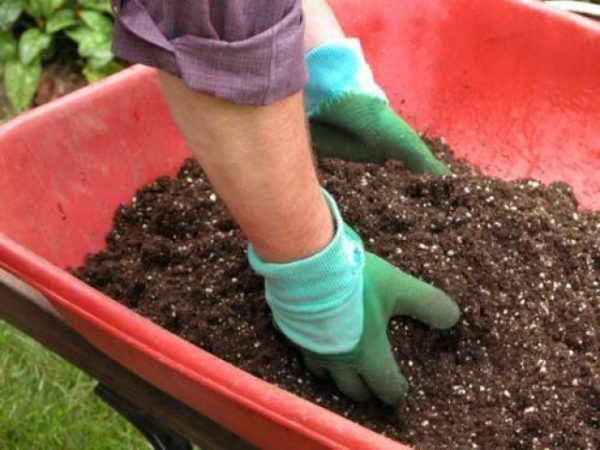
Since it was Mel Bartholomew invented this method, it is only logical that he suggested a specific soil mix for SFG. The composition of Mel’s mix is 1/3rd vermiculite, 1/3rd peat moss, and 1/3rd compost.
The soil mix is made according to the size of your SFG but a common 4×4 garden would require approximately 8 cubic feet of Mel’s soil mix. This particular mix is extremely light, so the growing seeds are not blocked in any way.
Tip: Be sure to check the quality of compost, if it’s good then you won’t have any problem with weeds.
Seed Planting
The most important part of square foot gardening is of course, is the seeds. The best way to utilize the square-foot gardening method is to divide the garden bed into multiple sections for different kinds of vegetables.
Firstly, make sure that the plants with the greatest height are planted at the north side. Keep medium-height plants in the center and the smallest plants at the south side. This will ensure that all the crops get a healthy dose of sunlight every day. Most seed packets come with instructions on how to sow so make sure you read these carefully.
For a basic selection of the easiest-to-grow vegetables, try this pack of sowing tomatoes, carrots, onions, and more. For more, read 17 Incredibly Easy To Grow Vegetable Garden Plants for Beginner Gardeners
Tips: Plan out the seed planting for the whole year before you start your garden, so you know what you’ll be planting and when. After cultivating a crop, it’s best to rotate the crops to a different spot. Repeatedly growing the same crop in the same place gives diseases the chance to build up in the soil.
Square Foot Gardening Layouts
Each of these layouts divides crops into one of these plant spacing formats. Each is based on the square foot gardening grid helping you to correctly space your crops for maximum yields. The plant spacings are:
- 1 large vegetable, plant in the middle of the block
- 2 medium crops, planted diagonally at opposite corners of the block
- 3 medium crops, planted in a triangle formation
- 4 small vegetables should be planted at the four corners of the block
- 6 crops, a 2×3 formation in the middle is best
- 8 plants, arrange them in a 2×4 row
- 9 small crops, 3×3 rows are good.
- 12 plants, 3×4 rows are the way to go
Be sure to plant all the vegetables in the same order as mentioned below because they have been selected with all factors in mind.
Beginners Square Foot Garden
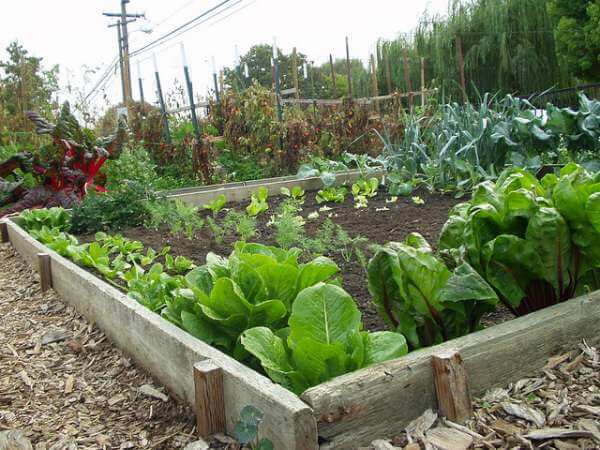
For a beginner, the most important thing to keep in mind is the type of plant you are planting. Different vegetables require different methods to cultivate properly. If you have divided your 4×4 garden into 16 equal squares, then the following vegetable planting method is perfect.
This garden is a great way for beginner gardeners to get into the hobby easily without making a huge commitment to growing crops. The mix of different vegetables can be used in everyday meals for a more nutritious feast that is also rich in antioxidants.
Black Beans x4, Black Beans x4, Sage x1, Bell Pepper x1
Basil x3, Red Tomato x1, Russian Tomato x1, Peppers x2
Parsley x4, Krim Tomato x1, Lemon Cucumber x1, Garlic Chive x4
Eggplant x3, Thyme x1, Peppermint x1, Rosemary x1
Tip: Be sure to give some space between the border, seeds, and other plants to ensure they grow properly without getting tangled. For tomatoes, make sure that when the plant is big enough you support it with a long stake or tomato cage so that it can grow properly without falling down.
Salad Vegetable Garden
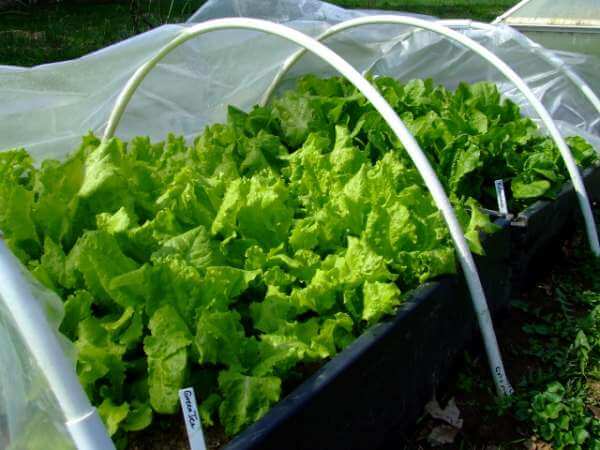
A salad garden is perfect for gardeners who eat a lot of greens or don’t have the space for a large patch. It is also a very good choice for new gardeners as most of the vegetables mature in just 4 to 6 weeks.
The following formation of the vegetables has proved to be very efficient and has resulted in high yields even from a small area. Plus by growing your own salads you’ll have plenty of high-nutrient greens to eat at dinner!
Lettuce x6, Romaine Lettuce x6, Beet x6, Arugula x6
Freckles Lettuce x6, Broccoli Raba x6, Graffiti Cauliflower x3, Sugar snap pea x3
Oak Leaf Lettuce x6, Cheddar Cauliflower x6, Broccoli Rabe x6, Sugar snap pea x3
Arugula x6, Romaine Lettuce x6, Beet x6, Lettuce x6
Culinary Herb Garden For Backyard Chefs
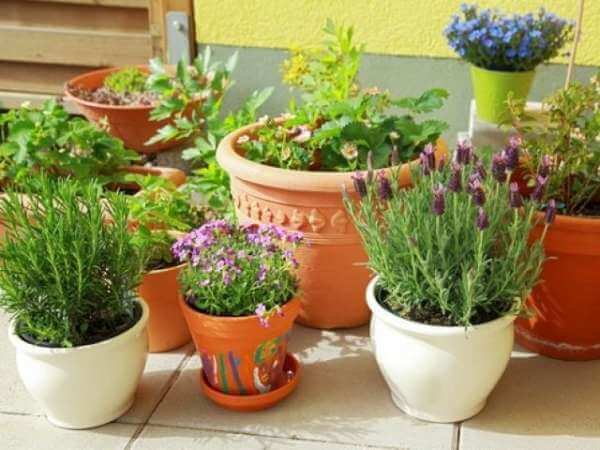
This garden is for experienced cooks who know their ingredients. These various herbs are sure to make your food much more flavorful and healthy. The collection of herbs in the garden can be used in a variety of savory and sweet dishes. Some of these herbs are not common so it’s a good idea to grow your own instead of relying on supermarket supplies.
The culinary herb garden is perfect for growing in containers too. For more easy-to-grow container crops read 21 Best Container Gardening Vegetables and Pot-Friendly Fruits
Flat-leaf Parsley x3, Sweet Majoram x2 Chervil x2, Common/garlic Chives x2, Lemon/lime Thyme x2
English/French Thyme x2, x1, Lemongrass x1, Blue Rosemary x1, Lemon Verbena x3
Fernleaf Dill x4, Provence Lavander x2, Berggarten Sage x2, Tarragon x2
Piccolo/Lemon Basil x3, x1, Large-Leaf Basil x3, Sweet Fennel x3, Italian Oregano x1
Tomato Square Foot Garden
There is something highly satisfying about homegrown tomatoes. Fresh tomatoes are much more flavorful than those available in the market. Although when you grow tomatoes in a square-foot garden you need to be careful where you plant them.
- Bush tomatoes should be placed on the middle sides as they produce fruit early on.
- Cherry tomatoes go in the middle four blocks of your SFG as they are relatively easy to grow and produce fruit all season. These are more resistant to diseases also which tend to occur more in the center of the bed.
- On the four outer corners go a beefsteak selection, 2 well-known heirlooms, and one plum selection. They are on the outer edges for increased air circulation and room to grow. They take a bit longer to produce fruit and will benefit from the early bush plants being removed mid-season.
Brandywine Heirloom x1, Princess Bush Tomato x1, Princess Bush Tomato x1, Better Boy Beefsteak x1
Bush Early Girl x1, Sun gold Cherry Tomato x1, Super sweet 100 cherry tomato x1, Bush steak Tomato x1
Bush Early Girl x1, Black Cherry Tomato x1, Juliet Grape x1, Bush steak Tomato x1
Plum Tomato x1, Tumbler Hybrid Cherry Tomato x1, Yellow Tumbler Hybrid Cherry Tomato x1, Cherokee purple Tomato x1
This garden does best when you use tomato growing cages to help support the heavy tomatoes as they grow. Without the cages your crops will fall over and become a mess of tangled stems.
Square Foot Garden For Canning
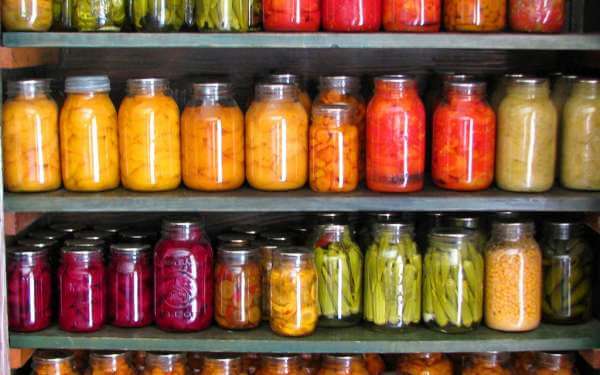
Canned food are a major expense on my grocery shopping list! But why pay for canned veggies when you can easily grow them in your own backyard with just a little amount of time and effort? The canning garden is for those who want to make their own canned foods instead of buying from the store. Believe me, growing and canning your own crops is much more efficient and cheaper too.
Scarlet Half Long Carrots x8, Scarlet Half Long Carrots x8, Mammoth Red Cabbage x1, Summer Squash x1
White Globe Onion x8, Brandywine Tomato x1, Cucumber x1, Bush Bean x4
Bullnose sweet pepper x1, Plum Tomato x1, Cucumber x1, Bush Bean x4
Sugar baby Watermelon x1, Dukat Dill x3, Dark red beets x8, Dark red beets x8
If you want to start canning make sure you get your hands on the Ball Book Of Canning And Preserving which is the only book you’ll need on the subject. I’d also recommend using heat-resistant silicone gloves which make handling the hot sterilized jars 10x easier than using the tongs.
Mexican Salsa Garden
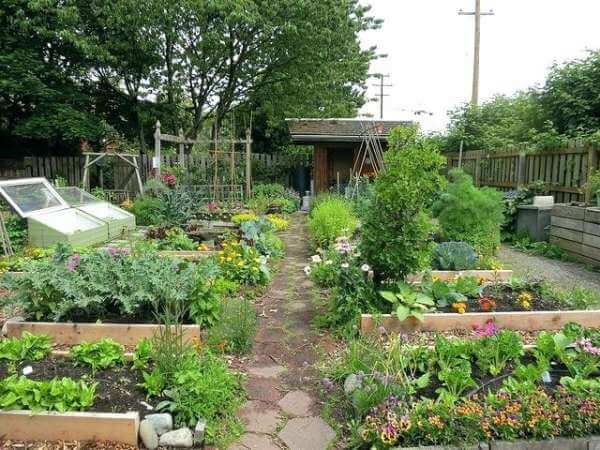
A spicy tangy salsa is a burst of zesty fresh flavors. The salsa garden was created for people who like to cook Mexican food and spicy meals. Filled with some of the hottest peppers and summer-loving vegetables, it is sure to pack aroma and life into your dishes. Though you will need to be a little patient for these crops to set fruit, the wait is definitely worth it when you taste the flavors of the ripened fruits.
Yellow/red Bell pepper x1, Jalapeno Pepper x2, Jalapeno Pepper x2, Ancho Pepper x2
Green Tomatillo x1, San Marzano Tomato x1, Yellow Pear Tomato x1, Purple Tomatillo x1
Green Tomatillo x1, San Marzano Tomato x1, Anna Russian Tomato x1, Purple Tomatillo x1
Cilantro x4, Purplette Onion x4, Purplette Onion x4, Cilantro x4
Tips: Remember to use cages and stakes when growing tall plants that might fall down. Not supporting your crops correctly risks snapping stems and invites pests and diseases into your garden.
If you love making salsas check out Deb’s Salsa and Moles Cookbook which is full of easy-to-follow recipes. The best part is you’ll have all the ingredients growing right in your backyard!
Northern Winter Square Foot Garden
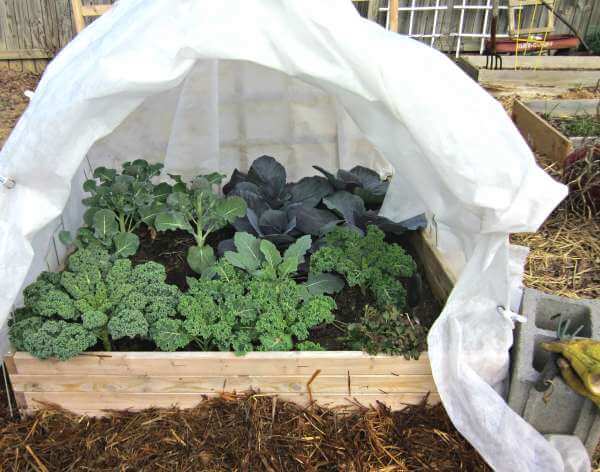
This particular garden is perfect for winter growing as it includes vegetables that need cool temperatures to grow. Almost all of these vegetables have a fast growth rate as long as they are properly maintained. If grown in conjunction with your salad garden, then you will have plenty of food to eat throughout both summer and winter.
White Icicle Radish x12, Rouge d’Hiver Lettuce x4, Buttercrunch Lettuce x4, Scarlet Nantes Carrot x12
Russian Red Kale x4, Laxton’s Progress #9 Pea x2, Red Express Cabbage x2, Purplette Onion x12
Russian Red Kale x4, Golden Arc Cabbage x2, Laxton’s Progress #9 Pea x2, Calabrese Broccoli x3
Scarlet Nantes Carrot x12, Bloomsdale Spinach x8, Bloomsdale Spinach x8, French Breakfast Radish x12
Northern Warm Season Garden
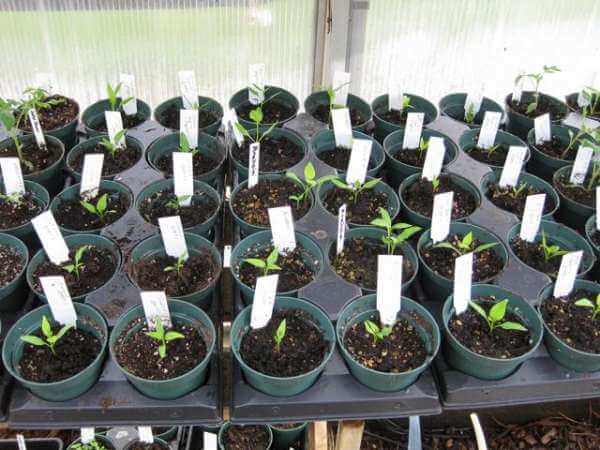
The warm-season counterpart of the garden above, this square-foot gardening layout is sure to provide you with plenty to do over summer vacation. This garden includes many delicious crops such as corn, watermelon, and sunflowers.
Sweet Chocolate Pepper x1, Chioggia Beets x6, Gold Marie Vining Bean x2, Blacktail mountain watermelon x1
Tendergreen Bush Bean x3, Painted Mountain Corn x3, Skyscraper Sunflower x2, Moskovich Tomato x1
Black Cherry Tomato x1, Skyscraper Sunflower x2, Painted Mountain Corn x3, Genovese Basil x2
Delicata Winter Squash x1, Chioggia Beets x6, Boothby’s Blonde Cucumber x6, Cocozelle Zucchini x1
Southern Cool Season Garden
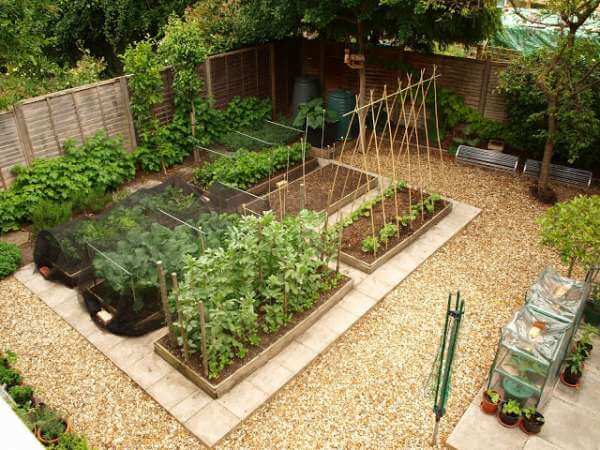 This 2,000-square-foot garden was designed with the southern USA climate in mind. It contains mostly your everyday vegetables like peas, spinach, carrots and lettuce. So you can grow your own supply of everyday vegetables in your own backyard instead of relying on the supermarkets.
This 2,000-square-foot garden was designed with the southern USA climate in mind. It contains mostly your everyday vegetables like peas, spinach, carrots and lettuce. So you can grow your own supply of everyday vegetables in your own backyard instead of relying on the supermarkets.
French Breakfast Radish x12, Buttercrunch Lettuce x4, Rouge d’Hiver Lettuce x4, Chioggia Beets x6
Bloomsdale Spinach x8, Lacinato Kale x4, Laxton’s Progress #9 Pea x2, Golden Acre Cabbage x2,
Bloomsdale spinach x8, Laxton’s Progress #9 Pea x2, Lacinato Kale x4, Parade Bunching Onion x12
Chantenay Carrot x12, Calabrese Broccoli x3, Calabrese Broccoli x3, Chantenay Carrot x12
Conclusion
As we wrap up our journey into square foot gardening, we see it’s a smart, efficient way to make the most of your gardening space. This method simplifies planting and maintenance, making it ideal for beginners and seasoned gardeners alike. Remember, the key is planning and organization. Happy square foot gardening – may your small space yield big harvests!
If you’re new to gardening, trying out greenhouse gardening is a great idea. It lets you grow lots of different plants and keeps them safe from bad weather. When you’re starting, it’s important to learn how to keep the temperature and light right inside the greenhouse. This helps your plants grow well. Want to learn more? Check out our full article on greenhouse gardening.
- Everything You Wanted to Know About Red Tamarillos - June 2, 2025
- A Guide to Tulips: Everything You Need to Know & More… - June 2, 2025
- Guanabana: Description, Flavor, Benefits, And Uses - May 27, 2025

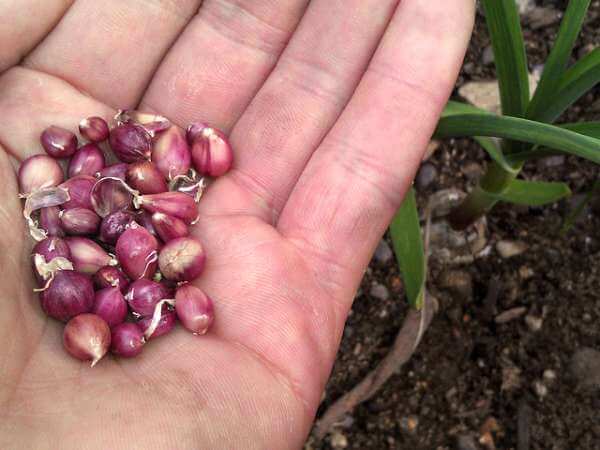
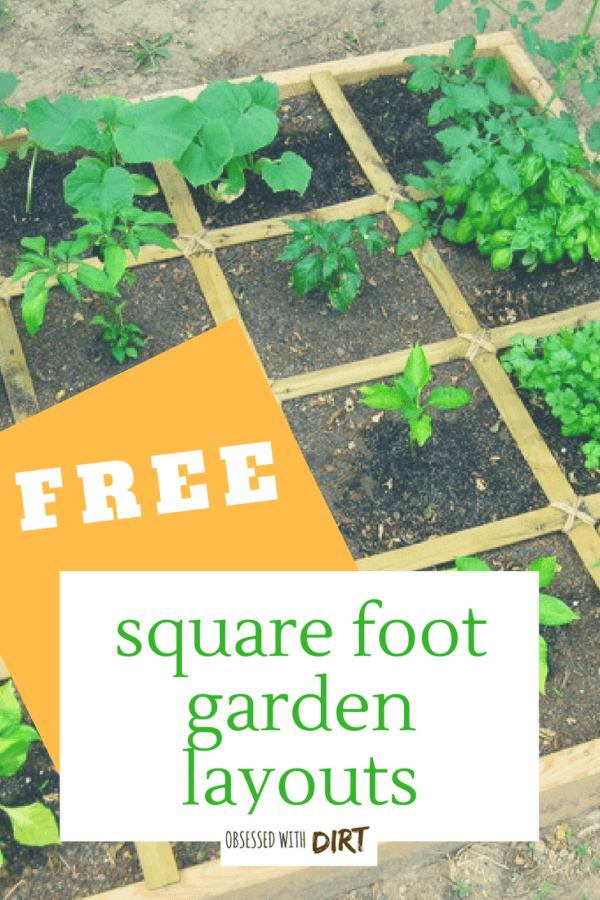 high yields in small gardens. This is great for any gardener who is just starting a beginner vegetable garden and will help you plan, care for and harvest the most vegetables from your square foot garden. #thehappygardeninglife #organic #organicgardening #gardeningaustralia” width=”600″ height=”900″ />
high yields in small gardens. This is great for any gardener who is just starting a beginner vegetable garden and will help you plan, care for and harvest the most vegetables from your square foot garden. #thehappygardeninglife #organic #organicgardening #gardeningaustralia” width=”600″ height=”900″ />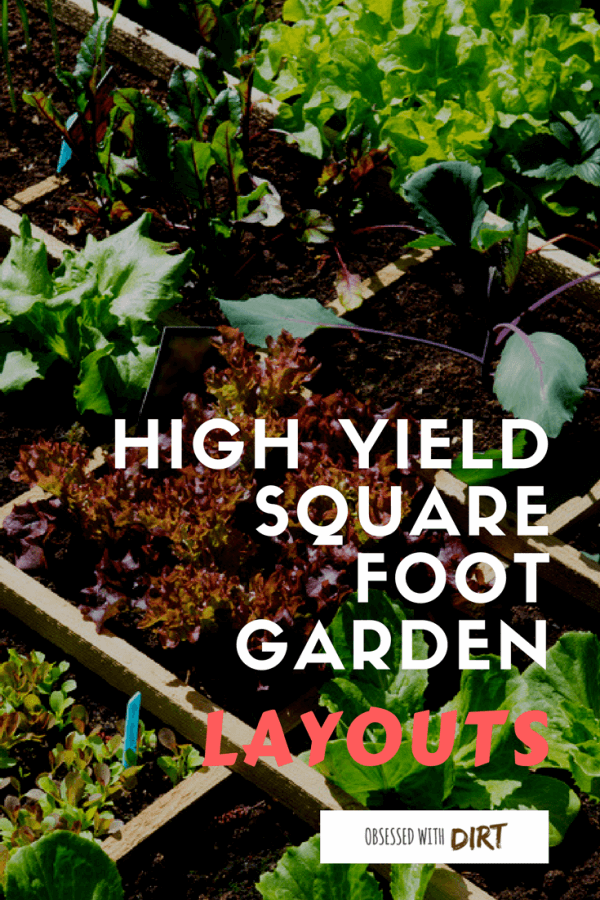 high yields in small gardens. This is great for any gardener who is just starting a beginner vegetable garden and will help you plan, care for and harvest the most vegetables from your square foot garden. #thehappygardeninglife #organic #organicgardening #gardeningaustralia” width=”600″ height=”900″ />
high yields in small gardens. This is great for any gardener who is just starting a beginner vegetable garden and will help you plan, care for and harvest the most vegetables from your square foot garden. #thehappygardeninglife #organic #organicgardening #gardeningaustralia” width=”600″ height=”900″ />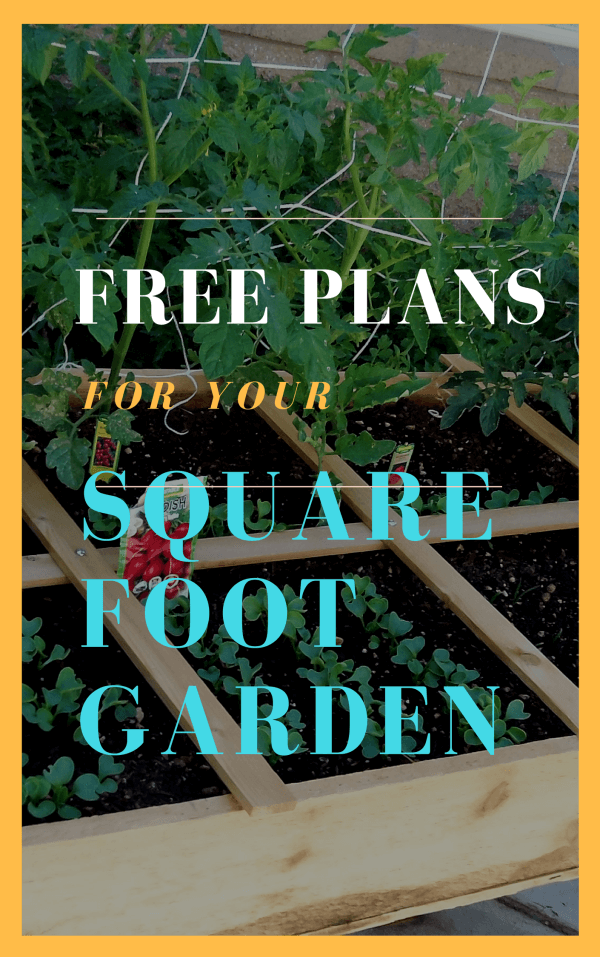
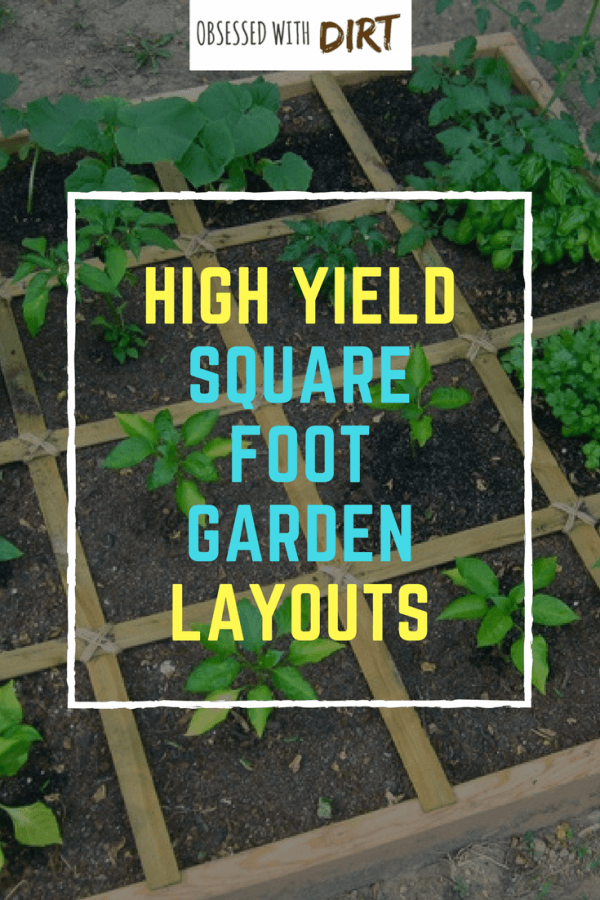
I love the different themes! That is such a fun idea!
Thanks for sharing! This is a great way to make gardening not seem so overwhelming!